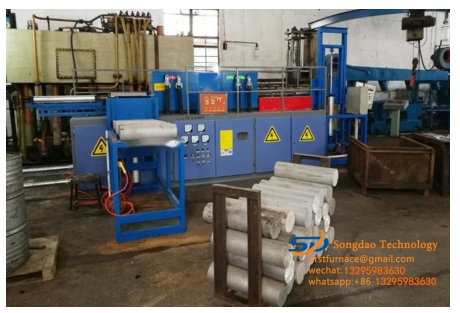- 25
- Jul
How is the bottom of the induction melting furnace made?
- 25
- Jul
- 25
- Jul
How is the bottom of the induction melting furnace made?
1. The bottom of the induction melting furnace is very important, and it carries the weight of the entire molten steel in the furnace. Therefore, at the beginning of the induction melting furnace bottom construction, the induction melting furnace bottom feeding must be carried out by someone in the furnace. This is to better arrange the lining and make it smoother, so that the lining will not be affected. to the furnace lining to achieve better results.
2. For the first feeding of the induction melting furnace, the furnace bottom can be charged more, and the first feeding can be 10CM, and then controlled at about 5-8CM each time. If too little is added, the exhaust fork directly touches the bottom push-out block, and the exhaust effect will not be achieved.
3. After the bottom of the induction melting furnace is filled with materials, it must be leveled first, and then exhausted 4-6 times. After the exhaust work is completed, the surface of the quartz sand must be scraped before the second feeding. Doing so can avoid delamination caused by feeding at different levels.
When doing exhaust work, pay attention to the position between the alarm line and the line. If the alarm line is bent during the construction process, it should be restored to its original state immediately, and then the exhaust operation should be carried out.
4. It is best to increase the feeding height of the bottom of the induction melting furnace to a height of 10CM higher than the alarm line, because there will be a certain drop space when the bottom of the furnace is shaken. In the actual process, if the alarm line is directly on the plate vibrator, it is possible that the density of the quartz sand at the bottom of the furnace does not meet the standard. In the process of production and use, the normal service life cannot be achieved due to excessive erosion.
5. After the bottom of the induction melting furnace is constructed, find at least 1-2 alarm lines and scrape off the floating material layer on the surface of the alarm line in the horizontal direction, and then use a spirit level to level the furnace bottom material. After the furnace bottom is vibrated and compacted, attention should be paid to the asbestos cloth. When the asbestos cloth is damaged, the damaged surface should be cleaned up in time and the next step of construction can be carried out after ensuring that there is no damaged asbestos cloth material in the furnace lining.

